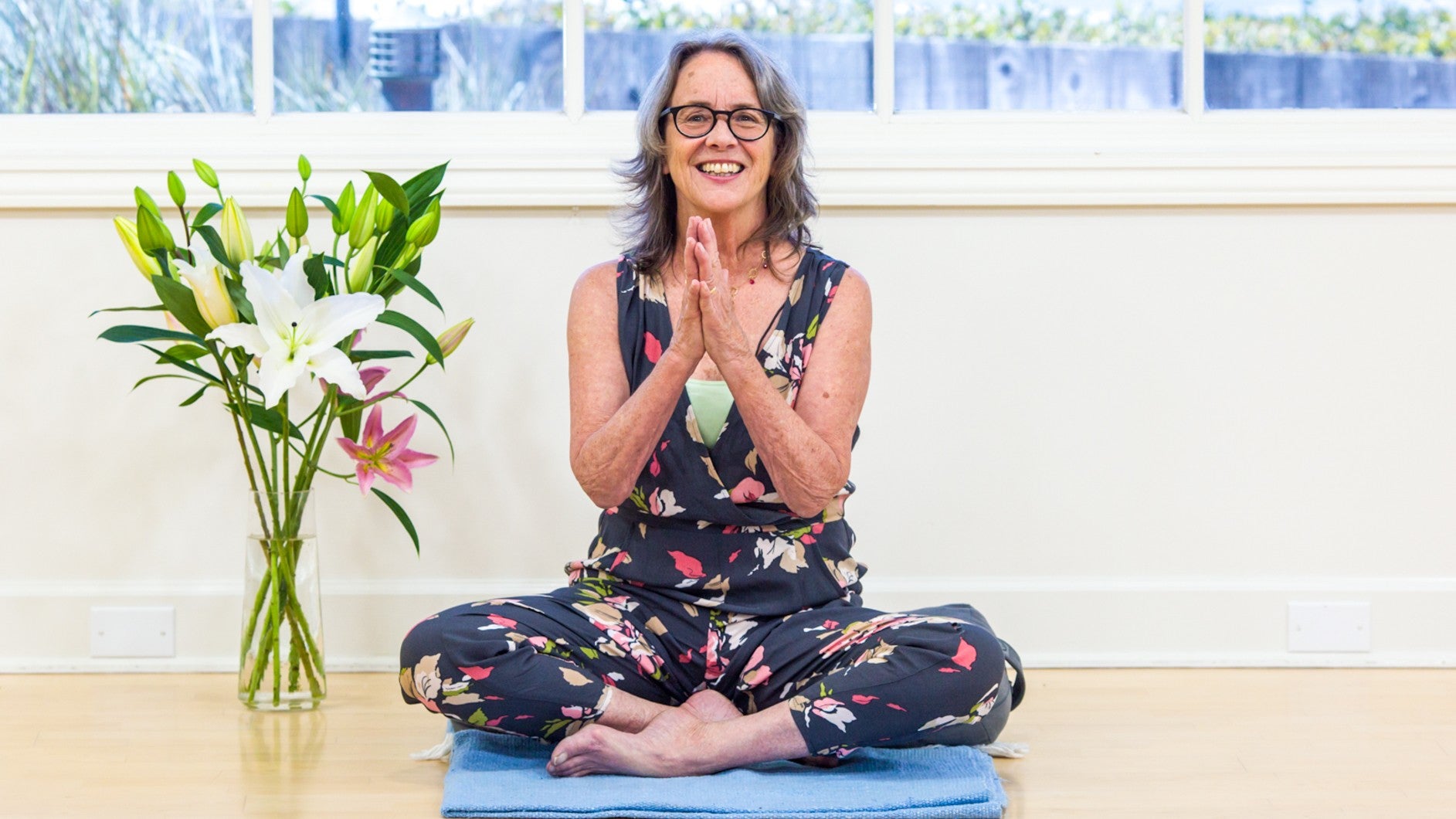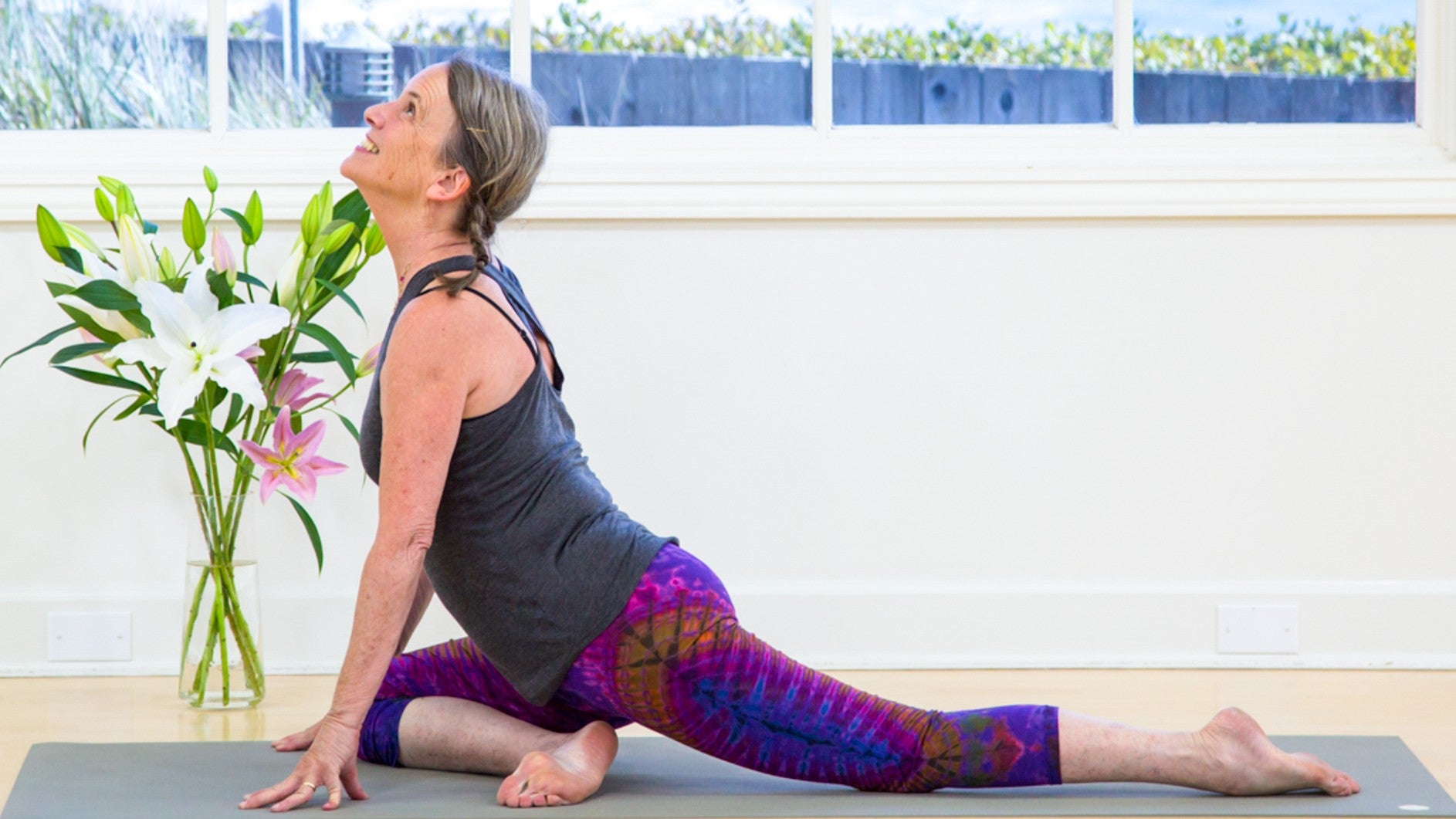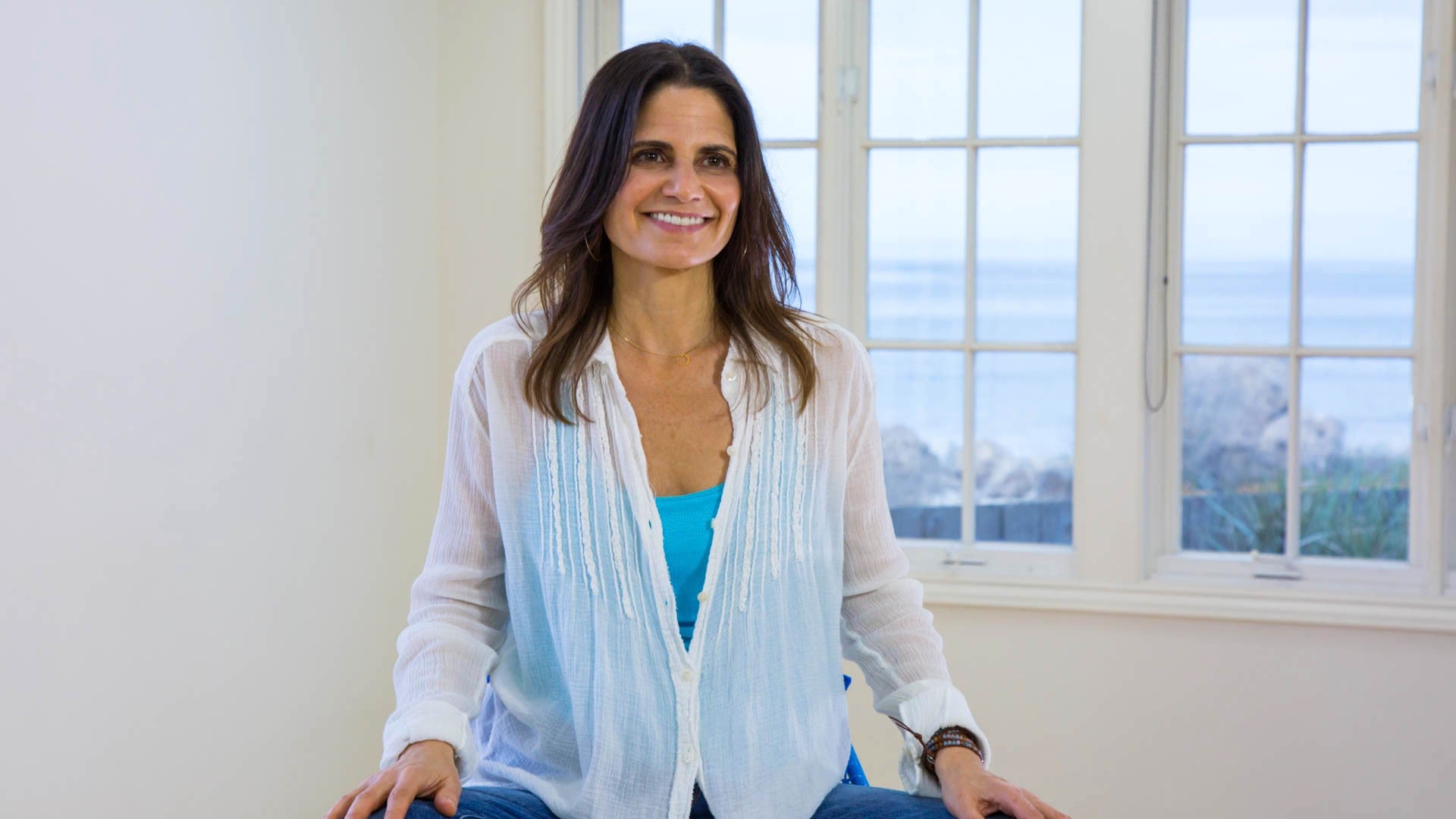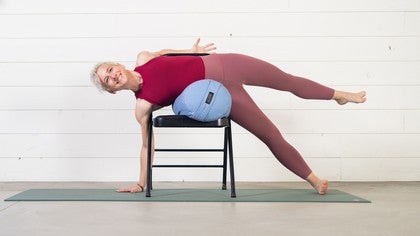
How Yoga Helps with Anxiety
If you suffer from anxiety or chronic stress, you certainly don’t need anyone to tell you what that feels like. A pounding in your ears perhaps? A racing heart beat, sweaty palms? Maybe you can barely get out of bed, have no ability to concentrate, and even the slightest annoyance makes you deeply irritated. Or you’ve had episodes where you can’t sleep, feel agitated, restless, on edge, and can’t perform even the most mundane of tasks.
Any number of things can cause anxiety, of course, and an experience of anxiety can range from vague misgivings and apprehension to full-on panic attacks or post-traumatic stress disorder. The culprit can be a future event you’re freaking out about or an action that already happened that you can’t stop obsessing over. Or your anxiety may be what experts call generalized or free-floating anxiety—not really attached to anything.
Of course, stress and anxiety aren’t always problematic. They can be good motivators, helping you problem-solve, pushing you to start something new, or encouraging you to move on. Anxiety is your body’s way of letting you know there’s something you must pay attention to, show up for, and deal with. It triggers a stress response from the sympathetic nervous system—a fight or flight reaction that allows you to stay and take care of business or, if you get overwhelmed, leave. All this is a carefully orchestrated, naturally occurring process. Problems arise, however, when the sympathetic system switch gets stuck "on" and you’re not able to calm down. At that point, you need to find a way to activate the parasympathetic aspect of the autonomic nervous system—the rest-and-digest, tend-and-befriend response—in order to restore balance and ease to your body and mind.
Luckily, yoga provides a way to do that.
In the last several years, Western research has confirmed what yogis have known all along: yoga works. At least 1400 studies—large and small—have shown that practicing asana and pranayama has a regulating effect on the body’s stress response systems; it damps down the sympathetic nervous system and elevates the parasympathetic. In other words, as we say in yoga, yoga brings the body into balance. How? By decreasing cortisol, one of the cascade of stress hormones that increase dramatically when we’re anxious or afraid. High cortisol is a serious threat to our health, having been implicated in myriad conditions, such as cardiovascular disease, memory loss, and lower bone density.
In addition, a consistent yoga practice improves what doctors call heart rate variability or HRV. Think of HRV as a measure of how quickly your heart rate goes back to normal after reacting to a stressful event. Researchers have been impressed with the beneficial effects of yoga’s conscious breathing techniques and deep relaxation practices like Yoga Nidra on HRV.
And, of course, emotionally yoga builds resilience, confidence, and a sense of groundedness; and it gives the body and the mind the rest they need to find the calm that’s been missing-in-action for so long.
Here are a few yoga tips and yoga poses for anxiety that may help alleviate your symptoms:
- Place your attention on whatever is touching the ground.
- Keep your eyes, jaw, and shoulders relaxed.
- Do an active practice—slow and steady—linked with the breath. It’s important to move agitation out of the mind and into the body.
- Don’t stay too long in one pose.
- If things feel like too much, ground into your feet and put your hands on your thighs.
- Finish with restoratives or a guided Savasana or Yoga Nidra.
- Commit to doing nadi shodhana pranayama at least twice a day without retaining the breath.
Next week, I’ll discuss how to incorporate calming, “prana” breaks into your daily routine to increase vagus nerve activity, the key to reducing cortisol and increasing the feel-good hormones in the body.
SOS Practice: Feel Grounded
Comments
You need to be a subscriber to post a comment.
Please Log In or Create an Account to start your free trial.


















